
С началом лета приходит не только жара, но и, конкретно в этом году, финальная аналитика нашего проекта по подведению итогов боевого кино за 2022 год.
Многие почему-то ждут именно разбора лучших экранных схваток, значит нашему читателю это интересно. А это важно! В общем, мы как и всегда очень рады комментариям и вашим дискуссиям по поводу.
Победители в голосовании
Скотт Эдкинс против Энди Лонга (Несчастный случай 2) (16%, 22 Голоса)
Постановщики: Скотт Эдкинс, Энди Лонг, Джордж Кирби, Тим Ман.
Локация: заброшенный или строящийся дом. Одна из самых часто встречающихся локаций для сведения счетов героев боевиков, особенно если в кадре располагаются строительные леса. В заброшенном доме дрались все главные участники “Тройной угрозы” включая самого Эдкинса. Гэри Дэниелс и Даррен Шахлави схлестнулись в финальной битве “Кровавой луны” в строящемся здании на фоне строительных лесов.
Стиль: смесь классической “тиммановщины” и современного трикинга
Продолжительность сцены: 3 минуты 40 секунд чистого боя
Количество участников: один на один
Главная фишка: столкновение усталого Эдкинса с юрким и стремительным противником
Особенности и специфика: несмотря на то, что бой Эдкинс VS Лонг – это современный экранный поединок с участием бойцов нового поколения, в первую очередь это касается Энди Лонга, он несет в себе явные черты олдскульности и традиционных жанровых схем. Приглядитесь:
Во-первых, это классический финальный бой со стилевыми различиями противников и разницей в их габаритах, пусть и не такой заметной, как это было в 80-х и 90-х.
Во-вторых, до боли знакомый принцип, когда главный герой проигрывает первую половину боя, но затем с помощью второго дыхания и волевого взгляда ломает ход битвы и одолевает врага.
В-третьих, одежда, идущая в ход как оружие, культовая локация, о которой мы уже писали выше, окрашенные волосы злодея (ох, сколько раз мы видели желто и беловолосых злодеев в старых файтинг-боевиках) – все это просто хрестоматийные элементы.
И даже начало боя, когда героиня Сары Чан необдуманно бросается на злодея и улетает в нокаут от одного его удара, словно сошло из боевиков прошлых лет, в первую очередь, гонконгских.
Вы, конечно же, помните экранные бои Скотта Эдкинса в расцвете его сил? Например, тот же «Американский спецназ» или вторая часть «Неоспоримого», где британец порхал над противниками в полнейшем доминировании? В финальном бою из «Несчастного случая 2» ситуация складывается ровным счетом наоборот, а Эдкинс переходит в статус если не мальчика для битья, то как минимум ветерана, пытающегося запрыгнуть в стремительно удаляющийся последний вагон. Разумеется, еще не «смуренбурговщина», но ветерок с той стороны начинает поддувать. В этом отношении бой напоминает столкновение Брэдли Аллана и Джеки Чана из фильма «Великолепный».
С другой стороны, в таком «медленном Скотте» есть и свои плюсы – его движения читаемы и понятны в противовес Энди Лонгу, который, преодолевая законы притяжения, слишком много мельтешит в исступленном и безостановочном трикинге. Трикинг - вещь безусловно красивая, но и меру надо знать. Понятное дело, что кроме годов, которые берут свое, есть еще и желание Скотта показать зрителю возможности Энди и раскрыть его достоинства по максимуму, возможно поэтому победа лидирующего персонажа была достигнута с посторонней помощью, чтобы скрыть её неубедительность.
Из очевидных плюсов поединка стоит отметить операторскую работу с внятными общими планами и резкими сменами ракурса, опять же, напоминающими смесь современного подхода и золотой эры гонконгских боевиков.
Главные минусы боя: отчетливо видно, что Скотт не успевает за Энди - по сравнению со скоростью и легкостью Лонга, удары британца кажутся грузными и медленными. Концовка боя оставляет зрителя у разбитого корыта - финального удара, уничтожающего антагониста попросту нет, т.к. главного злодея быстро умерщвляет внезапно появившийся герой Рэя Стивенсона.
Итог: полноценный финальный бой, отдающий дань уважения всем жанровым традициям.
Ма Дон-сок против Сон Сок-гу (Криминальный город 2) (14%, 19 Голосов)
Постановщики: Дэниел Кванхви Чой, Ма Дон-сок
Локация: городской автобус. Любопытно, что за последние время автобус частенько становился местом боевых схваток: Боб Оденкерк наказывал в нем гопников в “Никто”, а Симу Лю отбивался от наемников в “Шан-Чи”. Экшн-режиссеры и раньше очень любили эту локацию - вспомним первого “Перевозчика” с Джейсоном Стэйтемом или “Специалиста” с Сильвестром Сталлоне.
Стиль: южнокорейский неореализм
Продолжительность сцены: 4:05 с разговорами
Количество участников: один на один
Главная фишка: финальный бой, к которому эмоционально подводили весь фильм
Особенности и специфика: перед постановщиками экшена фильма, куда входит и титульная звезда боевика, стояла задача если не переплюнуть финальную разборку в туалете из первого фильма, то уж точно не сделать хуже. С одной стороны, обе схватки похожи ритмическим рисунком: спокойный как гора Дон-сок защищается от агрессивного и яростного противника, уходя от его ударов, иногда блокируя их и отвечая одиночными боксерскими ударами по лицу и корпусу соперника; в процессе схватки также наносится урон и локации, в которой происходит бой. С другой стороны - если в финальном противостоянии первого фильма главный герой получал урон и это влияло на ход битвы, в бое с Сон Сок-гу протагонист запросто переживает порезы и уколы не обращая на них практически никакого внимания.
При съемках боя используется гуляющая камера и наравне с обычным монтажом присутствуют несколько склеек, дающие зрителю возможность насладиться эффектом единого кадра/дубля. Камера “выглядывает” из автобуса вместе с главным злодеем, когда головой того Дон-сок разбивает окно - это интересное и современное решение. С целью победить герой Сок-гу использует сидения и поручни автобуса, а вылетев от мощного кика Дон-сока из общественного транспорта на проезжую часть злодей не сдается и атакует автомобильными дворниками. В общем, что касается взаимодействия с окружающим миром - тут полный порядок.
В целом это уже привычная для нас южнокорейская манера снимать реалистичный файтинг, напряженный, контактный и в хорошем смысле не вылизанный, в котором нет ощущения спарринга или излишней постановочности.
Главные минусы боя: за героя Ма Дон-сока не переживаешь, т.к. ни мачете, ни нож ни кулаки его оппонента не могут нанести ему заметный вред, уж слишком стальные яйца у персонажа. Да, грудь и плечо инспектора полосуют острием, а нож втыкают в его ногу, но это ровным счетом никак не сказывается на движениях протагониста, а действие начинает отдавать Стивеном Сигалом, что смазывает впечатление от схватки. Ремень пропадает с кулака главного героя уж очень незаметно.
Итог: крепкий бой, хорошо вписанный в локацию, которому, однако, явно недостает эмоциональной вовлеченности зрителя.
Скотт Эдкинс против Зары Питиан (Несчастный случай 2) (13%, 17 Голосов)
Постановщики: Скотт Эдкинс, Энди Лонг, Джордж Кирби, Тим Ман
Локация: ночной клуб и кухня. В ночном клубе пачками выкашивал вампиров Уэсли Снайпс в “Блэйде”, а Киану Ривз - наемников в “Джонах Уиках”. За всю историю жанра на кухне распускали руки-ноги многие звезды рукопашных боевиков, например, Жан-Клод Ван Дамм во “Внезапной смерти” или Стивен Сигал во второй части “Осады”.
Стиль: классическая “тиммановщина”
Продолжительность сцены: 4 минуты чистого файтинга
Количество участников: один на один
Главная фишка: несколько стилей ведения боя в рамках одной схватки, герой Эдкинса должен не только драться, но и защищать персонажа Джорджа Форакреса.
Особенности и специфика: несмотря на то, что Тим Ман работал над местной хореографией только в самом начале производственного процесса, кажется, этот бой целиком и полностью принадлежит ему - настолько “классической” в этом плане кажется схватка.
Поскольку у обоих актеров основная база в БИ - тхэквондо, в бое активно используются ноги, но сама схватка начинается с ган-фу, переходя на ножевой бой. За Зарой Питиан исключительно нападение, мы бы даже сказали - напор, ведь по сюжету ее героине нужно не столько расправиться с главным героем, сколько добраться до персонажа Форакреса и расправиться уже с ним. Это приводит к нескольким забавным моментам, когда файтинг ставится на паузу из-за попыток Питиан хоть как-то достать мафиозного сыночка или из-за тщетных попыток последнего помочь своему телохранителю.
Если исключить вышеназванные комедийные скетчи, то сам бой является плотным по своей структуре и насыщен активной рукопашкой, так как для Эдкинса соперник в лице Зары стал очень удобным и подходящим. Поэтому, несмотря на ускорение некоторых ударов, хорошо видно, что бойцы прекрасно чувствуют друг друга в тайминге и дистанции, а долгие дубли, уместный монтаж и камера, которая следует за движениями соперников помогают рассмотреть все в деталях. Вот только почему-то фирменный гайвер-кик сняли и смонтировали как бог на душу положит: всем было пофиг или старина Скотт не стал делать больше попыток?
Еще нельзя обойти стороной сам концепт схватки - в своем противоборстве герои проходят из точки А в точку Б. Подраться придется не только в самом ночном клубе и его кухне, но и аж в трех коридорах их соединяющих. Положа руку на сердце - не частая в боевом кино, но интересная концепция боя, которая однозначно выделяет эту схватку на фоне остальных. Ну и Скотт Эдкнис с ножом для чистки картошки - это прям эпик вин!
Главные минусы боя: противники на протяжении всего боя “отзеркаливают” друг друга, отвечая разменом однообразных ударов и стилистически почти ничем не отличаются. Исключение составляет лишь неожиданный гайвер-кик от Эдкинса, который “запороли” оператор с монтажером. Слишком заметное ускорение ударов для придания динамики боя. Для кого-то это может показаться фишкой или дополнительным художественным приемом, но нам кажется, что скрыть проседание скорости в оригинальном дубле можно было как-то иначе. Смехотворные эффекты крови и выстрелов, а еще режиссеры увлеклись гуляющей камерой, от чего в какой-то момент начинает “укачивать”.
Итог: бой с классической хореографией с упором на кикерство, который интересен не только вытащенным из загашника гайвер-киком Эдкинса и эффектом “равных сил” у противников, но еще и неплохими комедийными элементами.
Выбор Редакции
Саори Идзава против Масанори Мимото (Детки-убийцы) (8%, 11 Голосов)
Постановщики: Кэнсукэ Сономура
Локация: заброшенное или строящееся помещение - лучший вариант рукопашных и стрелковых разборок, когда у тебя трудности с бюджетом, поэтому в этой локации дрались почти все звезды файтинг-бэшек: от Лорена Аведона в “Бойцовском духе”, до вездесущих Эдкинса и Лундгрена в “Падении замка”.
Стиль: современная японская хореография
Продолжительность сцены: 3.39
Количество участников: один на один
Главная фишка: девочка-подросток бьется против взрослого мужика
Особенности и специфика: боевая хореография в “Детках-убийцах” стилистически заметно отличается от уже привычной для нас китайской, индонезийской или голливудской, и как раз в этом её главная специфика. Есть в ней безусловные пересечения с южно-корейскими фильмами, поскольку влияние последних на современную японскую культуру очень велико, есть расхожие приемы, но в целом файтинг от Кэнсукэ Сономуры очень японский и самобытный.
Бой начинается с ган-фу, не зря мы выше упомянули штампы, однако постоянное чередование действия в стойке и в партере, а также стремительная операторская работа, подчеркивающая динамику боя круговыми ракурсами, делают эту часть поединка очень интересной, хотя видно, что целится и стреляет Саори Идзава в пустоту.
После того, как героиня теряет оружие, бой становится полностью рукопашным, и главной изюминкой этой части является контратакующая манера главной героини и её необычная способность уходить от ударов противника. Да, видно, что Масанори Мимото сознательно бьет мимо полусжатыми кулаками, но в суматохе адреналинового боя это впечатление сглаживается. И снова отметим операторскую работу, которая, несмотря на небольшую тряску, хорошо передает атмосферу, а монтажные склейки довольно редкие и создают легкий эффект длинного дубля. Ближе к концу мы видим один кульминационный рапидный удар, что возвращает нас к классическим файтинг-боевикам.
Финал поединка может разочаровать зрителя, ждущего смертельного удара или эпичного возрождения героини из пепла, но нам кажется, что выстрел из пистолета - это логичный конец, ибо набивший оскомину принцип, когда хрупкая девушка побеждает мужика на кулаках, в этом конкретном бою нам казался бы неуместным.
Главные минусы боя: суетливость и неконтактность, в первую очередь из-за манеры противников наносить удары руками, словно они выхлапывают друг из друга пыль или хватают назойливых комаров, а не пытаются нокаутировать врага.
Итог: интересный бой, больше напоминающий концепт, чем законченную реализацию, который дарит нам редкую в последнее время рукопашную боевую хореографию от японцев.
Чан Хёк против Брюса Хана (Киллер-хранитель) (7%, 10 Голосов)
Постановщики: Чан Хёк, Брюс Хан
Локация: загородный особняк. Прекрасное место, чтобы подчеркнуть стильность картины или создать эффект кинематографического “лакшери”. Корейцы неоднократно пользовались этим приемом в боевиках, одним из последних вспоминается “Ускользающий человек”. А из классики боевого кино на ум приходит легендарная “Закусочная на колесах”.
Стиль: ган-фу и южнокорейский неореализм
Продолжительность сцены: 3:15 чистого файтинга
Количество участников: один на один
Главная фишка: несколько стилей в одном поединке - ган-фу, ножевой бой и рукопашка.
Особенности и специфика: если другие южнокорейские файтинг-сцены, в том числе и представленные в этой номинации, выдержаны в эстетике реализма, эдакой натуралистичной «хореографии без хореографии», то в поединке из «Киллера-хранителя» наоборот чувствуется постановочность. Сцена открывается перестрелкой, в которой меткость явно не сестра таланта, а персонажи скользят друг к другу по разбитым стеклам с девственными неповрежденными коленями. Сократив дистанцию, противники начинают доказывать себе и зрителям чье ган-фу лучше, что в свою очередь подано довольно длинными дублями с хорошей операторской работой и монтажом, призванными убить двух зайцев: показать обоих персонажей во всей красе и аккуратно скрыть дублеров Брюса Хана.
Чан Хёк, надо признать, делает все самостоятельно, но, во-первых, он значительно моложе своего партнера, а во-вторых, акробатических и каскадерских трюков конкретно в этом поединке у него гораздо меньше. Пистолетная дуэль заканчивается дуэлью взглядов и плавно перетекает в ножевой бой, кажущийся нам более интересным за счет высокой динамики и естественности движений. И надо отдать должное актерам – отыгрывают они на все сто процентов, несмотря на то, что главный герой по-прежнему эмоционально замороженный. В кульминационный момент персонажи начинают проверять головы на прочность и разбивать друг о друга бутылки с алкоголем, что выглядит довольно спорным решением, словно у постановщиков закончились идеи, хотя мы понимаем, что смотрится это все очень «по-корейски»: брутально и с размахом.
Финал поединка содержит как референсы к фильмам Брюса Ли, так и к классическим сценам полета злодея с высоты в бассейн (машину, пропасть, адское пекло, нужное подчеркнуть).
Главные минусы боя: бесконечные патроны а-ля фильмы Джона Ву, определенная зацикленность персонажей на ган-фу и желании разбить содержимое бара о голову друг друга. От Брюса Хана хотелось бы видеть больше рукопашки, а не перестрелок.
Итог: неплохая файтинг-сцена, снятая в красивой локации, в которой нет выдающейся хореографии, зато есть ощущение полноценного финального боя, поскольку зрителя готовили и подводили к нему небольшими порциями на протяжении всего фильма.
Пак Со-дам против похитителей (Спецдоставка) (0%, 0 Голосов)
Постановщики: Чой Сон-гём
Локация: мастерская. Не частая, но временами появляющаяся локация в боевом кино. Например, в автомастерской дрались Марк Дакаскос в “Драйве” и “Только сильнейшие” и Тео Гарсиа в “Экстремо”, кроме того в мастерских выясняли отношения Джеки Чан, Джефф Уинкот, Альбан Ленуар и многие другие.
Стиль: южнокорейский неореализм
Продолжительность сцены: 3.45
Количество участников: один против толпы
Главная фишка: хрупкая девушка дерется против толпы мужиков, используя подручные средства
Особенности и специфика: экшен-сцена, а мы будем оценивать ее именно с этой позиции, по концепту и исполнению больше походит на призеров в этой номинации за 2021 и 2020 годы - схватку в автобусе из “Никто” и бой в пабе из “Банд Лондона”. Во всех этих примерах упор делается не на чистую хореографию, а на взаимодействие персонажей, каскадерские трюки и операторскую работу.
Бой начинается с классического “стелса”, когда героиня Пак Со-дам с помощью отвертки выводит из строя по одному злодеев в темноте. Далее начинается взвинченный темп схватки под бодрый и даже забавный трек: гангстеры нападают на героиню молотя по ней руками и ногами, пытаются придушить и всячески умертвить, но девушка использует различные инструменты попадающие под руку, чтобы кроваво расправляться с обидчиками. Все это подано как суматоха - сцена наполнена агрессией в тусклом свете вечернего фонаря за окнами, рваный монтаж усиливает эффект напряжения, однако для нескольких лихих, хорошо исполненных и снятых каскадерских трюков в сцене место нашлось. С помощью них расставляются акценты и отсекаются наборы одних моментов сцены от других.
Такая манера постановки файтинга, снова назовем её “боевая хореография без хореографии”, хороша тем, что во время просмотра ты не задумываешься о том, как это сделано и снято, не анализируешь боевые стили участников и не препарируешь операторскую работу, а полностью погружаешься в действие, сосредотачиваешься на сопереживании героине, становясь как бы незримым участником событий. Этому эффекту способствует отсутствие глянца и, казалось бы, тщательно выверенного кадра, к тому же все персонажи подаются нам как обычные люди без боевых суперспособностей. Этот хорошо продуманный бардак и организованная суматоха и создают реалистичность действия, чем могут похвастаться очень немногие современные боевики даже топового уровня.
Главные минусы боя: наш “любимый” конвейер - негодяи нападают на главную героиню по одному, а если она оказалась сбита с ног, злодеи благородно выжидают, пока она снова схватится за какой-нибудь предмет с целью покончить с противником.
Итог: хорошая, эмоциональная и насыщенная действием сцена в лучших традициях южнокорейского рукопашного экшена, которая украсила довольно неплохой в целом фильм.
Метки: Accident Man: Hitman’s Holiday, Baby Assassins, The Killer, The Outlaws 2, Брюс Хан, Зара Питиан, итоги боевого кино 2022, Кэнсукэ Сономура, Ма Дон-сок, Масанори Мимото, Пак Со-дам, Саори Идзава, Скотт Эдкинс, Сон Сок-гу, Тим Ман, Чан Хёк, Энди Лонг



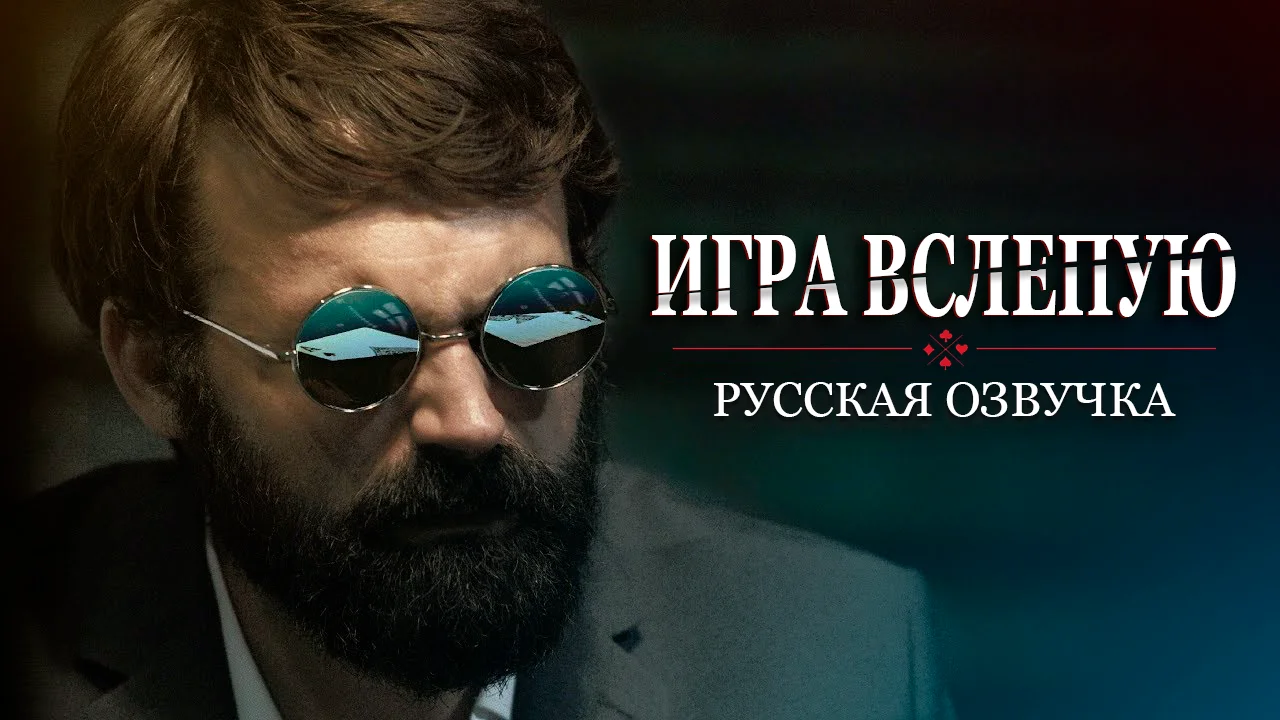

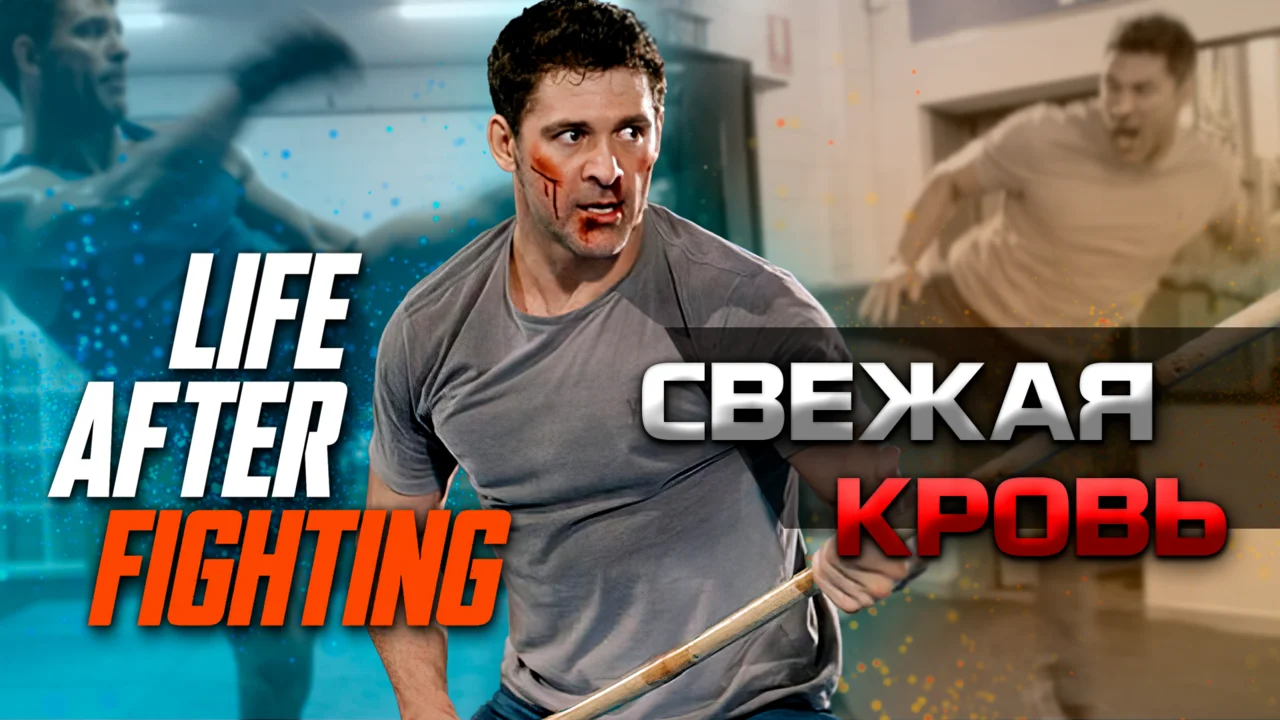
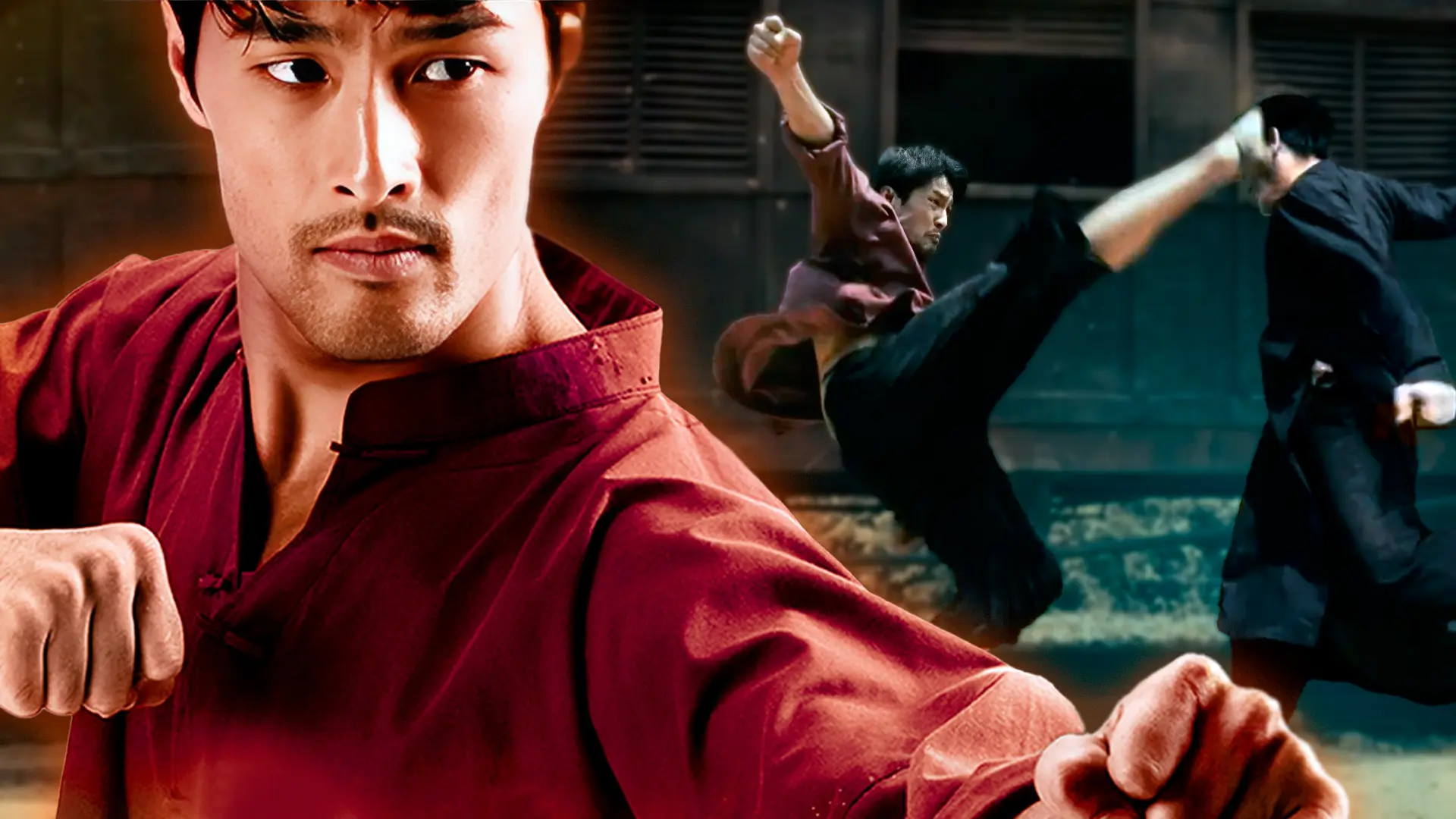
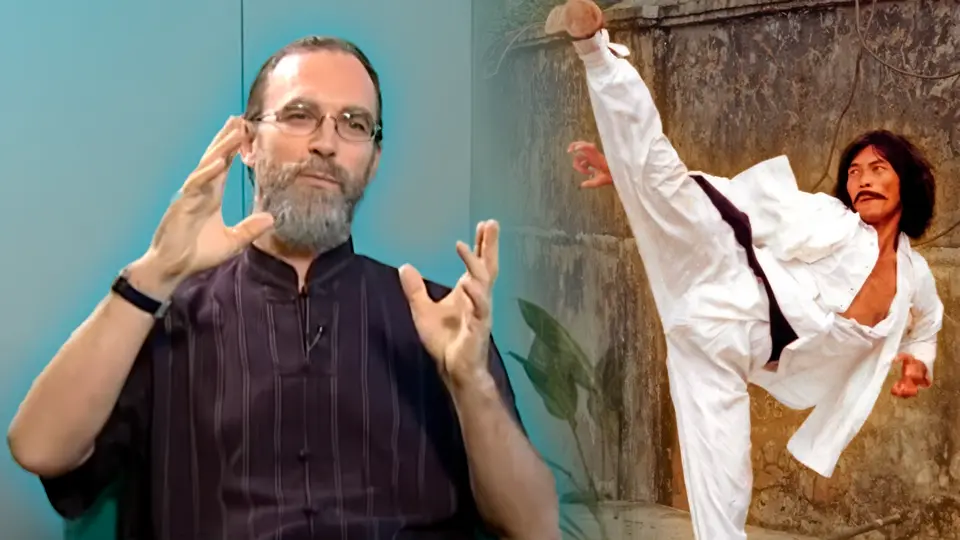

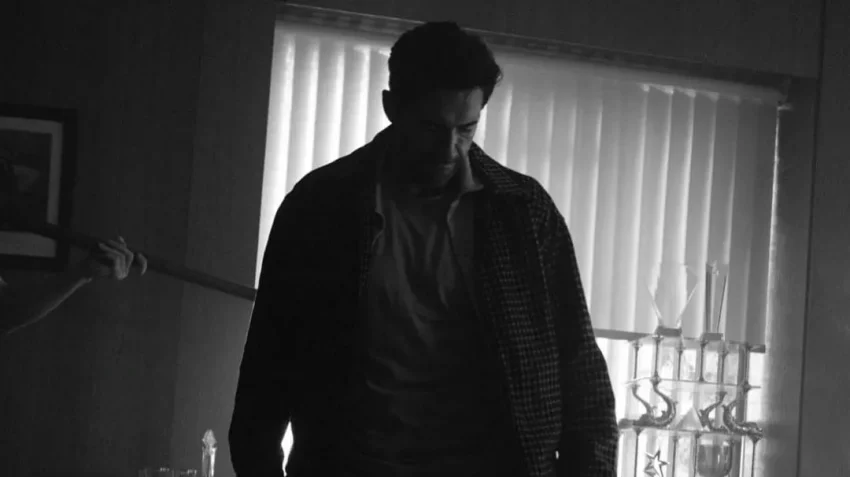
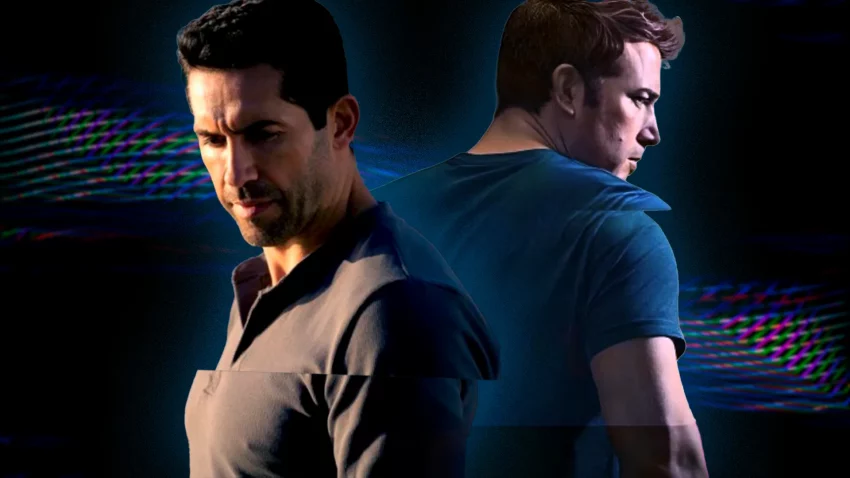
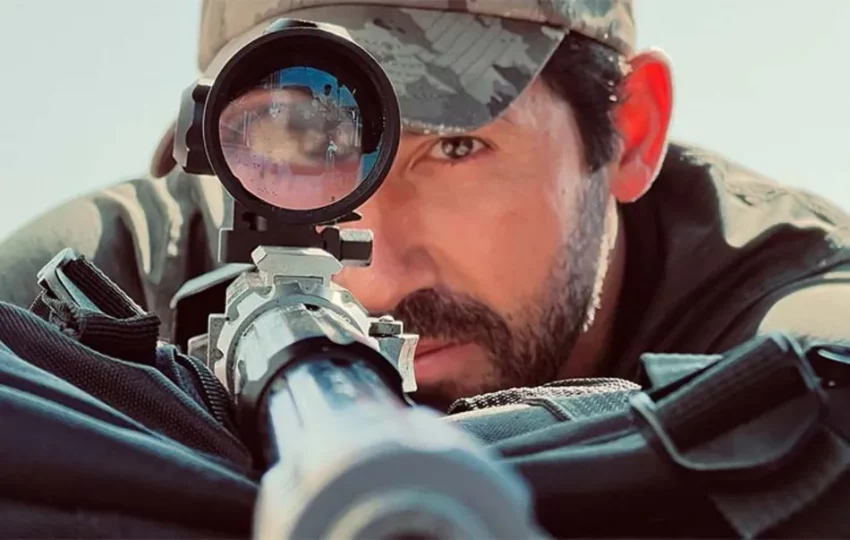
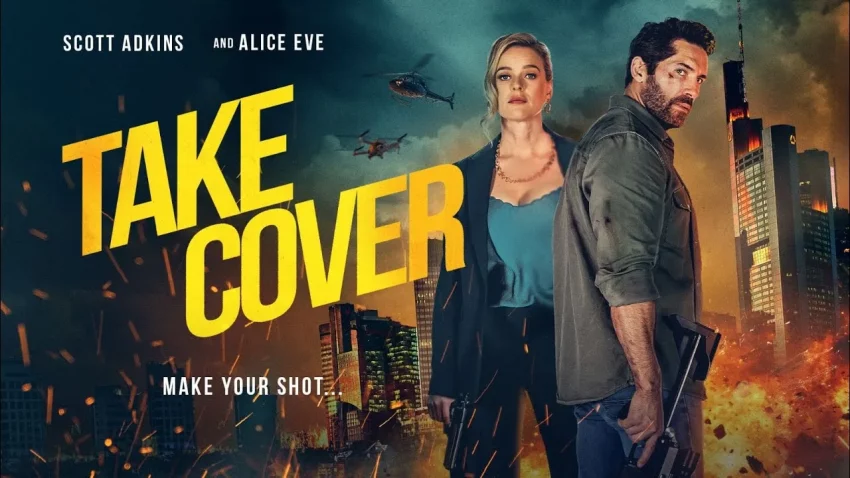
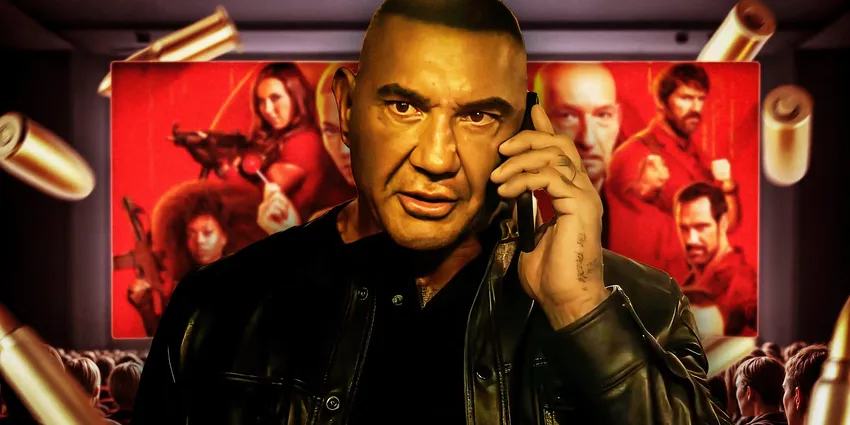
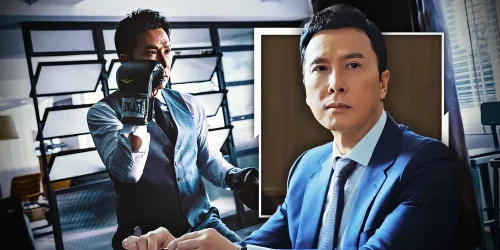
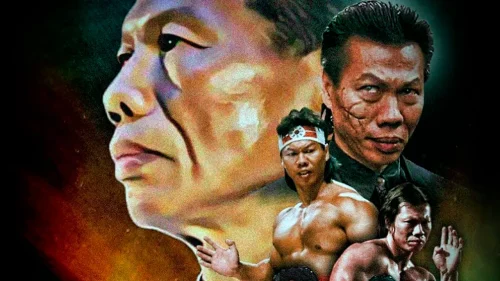
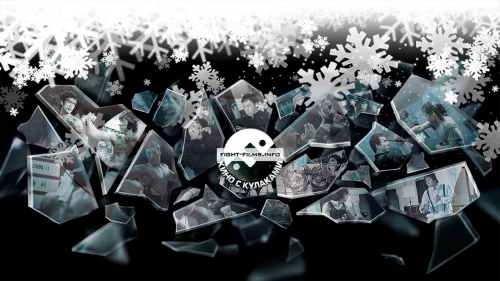
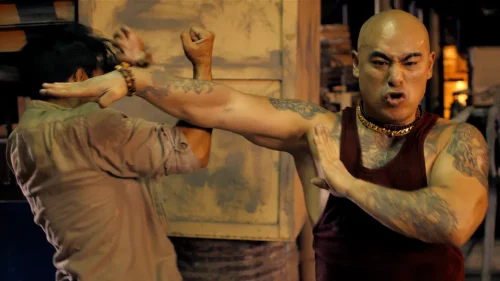



Спасибо вам ваши труды. Энтузиазм бесценен. Об экшне мало ресурсов. И ваша популяризация необходима…
С новым годом Вас всех, причастных к этому каналу, что я читаю уже больше…
Сложно сказать где бы Марко Сарор плохо смотрелся.)
В роли Крэйвена хорошо бы смотрелся Марко Сарор. Высокого роста, атлетичный, хорошо двигается. 100%…